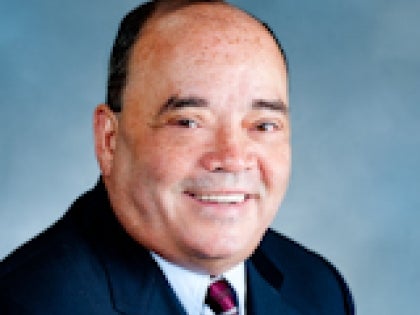
Prison Based Gerrymandering
Martin Malavé Dilan
January 3, 2011
Currently, the United States Bureau of the Census includes everyone housed in federal, state, and local correctional facilities in its count of the general population in the Census “block” (population unit) containing the prison facility. The state's current reliance on the Census Bureau's prison count data when drawing legislative districts could violate federal law in two ways: it dilutes minority voting strength in possible violation of Section 2 of the Voting Rights Act of 1965; and it violates the one person, one vote principle of the 14th Amendment’s Equal protection Clause, which requires voting districts to have equal numbers of residents.
New York State’s reliance on the Census Bureau’s data for prison population also violates the New York State law in two ways: it runs afoul of the New York State Constitution, which states in Article 2, section 4 that, for the purpose of voting, "no person shall he deemed to have gained or lost a residence...while confined in any public prison;”
Similarly, subdivision 1 of section 5-104 of the New York Election Law directs that "[F] or the purpose of registering and voting "no person shall be deemed to have gained or lost a residence...while confined in any public prison.”
Crediting the population of prisoners to the Census block where they are temporarily and involuntarily held creates electoral inequities at all levels of government. These electoral inequities are apparent in New York, where out of a prison population of approximately 60,000, over 75% of people in prison are people of color and over 70% are from urban communities. Urban communities including Albany, Buffalo, New York City, Rochester, and Syracuse are being shortchanged for purposes of redistricting in favor of rural communities, leading to vote dilution for urban communities of color across the state. This significant vote inflation in rural communities is compounded at the local levels, as most counties, cities, and towns use federal census data to draw their local legislative district and ward boundaries.
Until the Census Bureau provides the information necessary to allocate people in prison to their addresses prior to incarceration, the problem should be dealt with by the state. On August 11, 2010, Governor Paterson signed legislation sponsored by Senator Eric Schneiderman directing LATFOR to reallocate prison populations back to verifiable “homes of record” where the prisoner resided prior to his or her incarceration for state legislative and local governmental redistricting. LATFOR will obtain the prison count population data from the New York State Department of Correctional Services. See Chapter Laws of 2010, Chapter 57, Part XX.